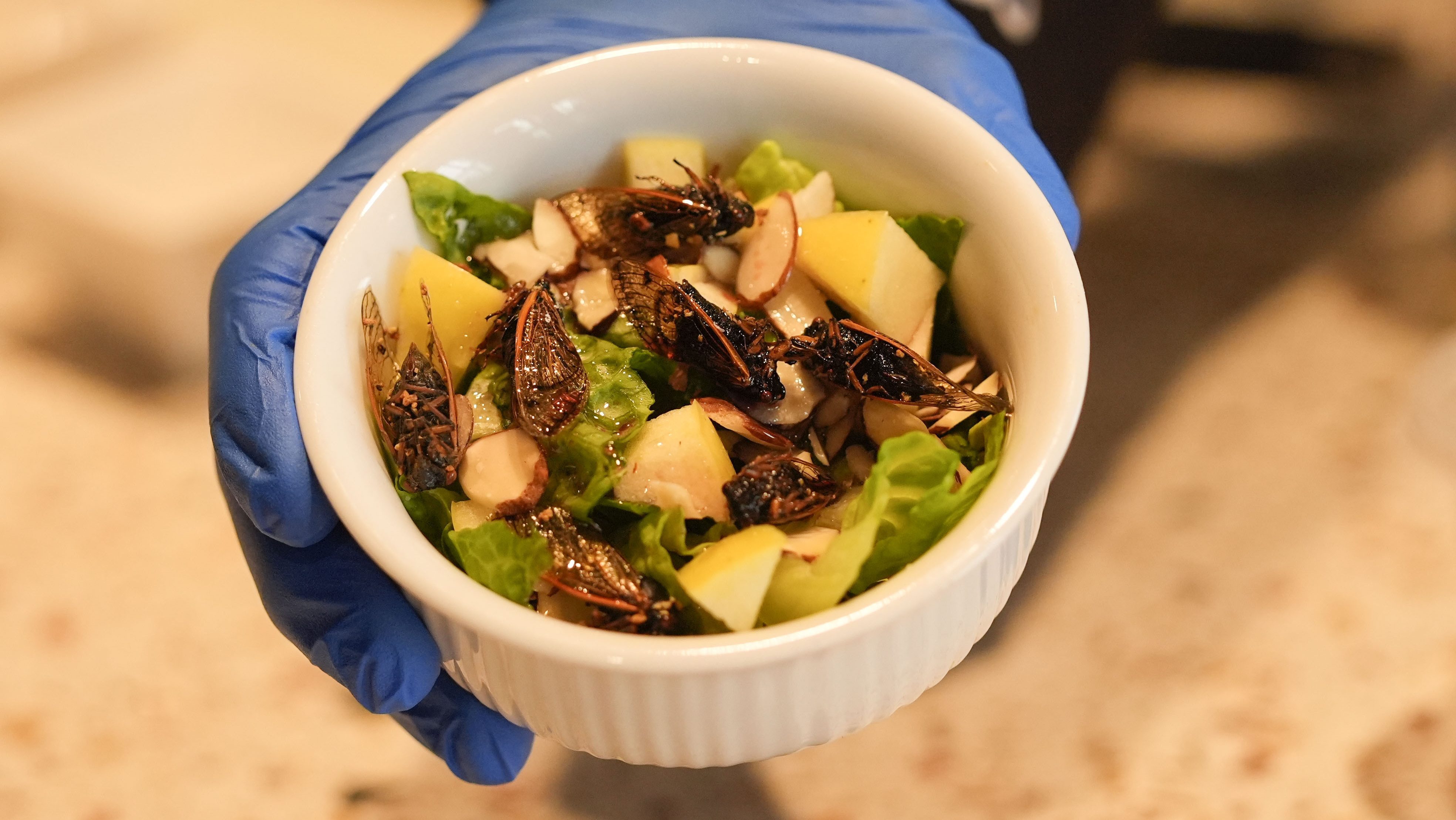One graduate student at New York University first tried it in the windowless office of her college newspaper. She was on the third day of no sleep and began snorting the white lines to get through the exhaustion. Another student tried it after receiving the pill as a birthday present from a friend. The gift helped her zip through the last paper of the semester without any distraction.
A cup of coffee is no longer the vice of choice for pulling an all-nighter. Even over-the-counter caffeine pills don't cut it anymore.
Vitamin R, Bennies, Jollies: slang names for the drugs students are now using to help them outline one more chapter or polish off that last paper, without disrupting their social lives.
What are these drugs? Medications meant to focus the over-active brain caused by attention deficit hyperactivity disorder (ADHD). While intended for one use, drugs like Ritalin and Adderall are being abused by students faced with increasing constraints on their time.
Experts on student behavior are just beginning to catch up with the latest college trend.
"While much is known about the college study use of alcohol, cigarettes, marijuana and other illicit drugs, we've not had a handle of the abuse of prescription drugs," says Dr. Henry Wechsler, professor in the Department of Society, Human Development and Health at the Harvard School of Public Health.
The Need to Achieve?
The use of illicit substances on campus is no surprise. The widespread use of alcohol and marijuana among college-aged kids is well known and documented. And generally, students use these substances to help them relax and forget about their schoolwork. Those who take prescription stimulants, however, have a different goal in mind. They want to be able to sit down, focus and plow through their work.
U.S. & World
Some students only turn to these drugs as a last resort, using them get through the worst part of the semester.
"I was writing my last paper for school one semester and having trouble concentrating," said one female student from New York University, who, like most of the students interviewed, wished to remain anonymous. "I decided to just take it, and about an hour and a half later, I was finished. It definitely worked."
Others use the drugs more frequently to help them stay up through the night.
"If I have an exam to study for, I can stay up the whole night and read all the chapters I need to. The next day, I don't feel tired at all for the exam, even though I haven't slept for over 24 hours," said Lauren, an undergraduate from Syracuse University who says she uses Adderall about four or five times a semester.
As more and more students come clean about their use of stimulant drugs for non-medical purposes, the picture of a typical user comes into focus.
White, Male and Well Focused
According to a January 2005 survey of over 10,000 students from 119 four-year colleges, the use of prescription drugs for non-medical use has increased almost three percent in the last year. Interestingly, the study showed that prescription stimulants are most commonly abused in the highly-competitive colleges of the northeastern United States. Combine that with the fact that students with an average of B or lower are more than twice as likely to take these drugs, and one may quickly assume that abuse of ADHD drugs is tied to the need to achieve.
But study author Christian Teter, professor of pharmacy practice at Northeastern University, says that the reasons students use prescription stimulants may be more complex. "It could be that they are turning to [these drugs] for the academic advantage," he says. "But it may be they have better health care, so they can get a prescription easier."
In fact, previous studies have shown that members of fraternities and sororities—who tend to come from a wealthier background than their peers—are more likely to abuse both legal and illegal drugs than their classmates. With greater access to illicit and legal substances, it was not so surprising to Teter that his recent study also found that prescription stimulants are most commonly used by white, male fraternity members; women in sororities also represent the highest number of female users.
Increasing Access
So how do college kids get their hands on ADHD drugs? Many of the students interviewed reported getting their doses of Adderall—the stimulant of choice for its long-lasting effects—from other students who have been diagnosed with ADHD and have a prescription for the drug. Prices for one pill can go as high as five dollars, but friends often just pass them along for free.
With more than 1.5 million adults and 2.5 children currently taking drugs for ADHD, the supply on campus is only going to increase.
Some schools even report that students are making appointments with campus medical centers in hopes of scoring a personal supply.
Teter warns parents and school officials that while these drugs may not be as dangerous as other prescription drugs and illicit stimulants, like Oxycontin or cocaine, they can be deadly to someone with an unknown heart condition. More importantly, use of these drugs is tied to other risky behavior across the board. In fact, Teter's study showed that students who use prescription stimulants are more likely to engage in binge drinking, drunk driving and the use of illegal drugs.
But some students think that even with all the warnings and risks, abuse of Ritalin and Adderall is only going to rise.
"It's only natural that people are going to take advantage of these things to try to get a leg up," said one student.




